Cape Hare
Lepus capensis
DISTRIBUTION AND Taxonomic Note:
L. capensis occurs in four general geographic locations (South Africa, East Africa, Arabia and Near East, and northwest Africa). Hoffmann and Smith (2005) restrict L. capensis to the South African distribution, citing no evidence of gene flow between the southern and northern ranges. The authors suggested that these four groups might represent distinct species.
Generally, the entire taxonomy of L. capensis throughout its range is unclear. Taxonomic review of the species is urgently needed; otherwise, it is possible that some forms may go extinct before they are formally identified.
HABITAT:
Open, dry country from coastal plains to mountains, with low grass for feeding and grass stands for cover. They can occur in many habitats that are too arid or open to support the scrub hare.
SIZE:
Length (m) 55 cm, (f) 51 cm, mass 2 kg.
COLOUR:
Grey-brown flecked with black, the flanks and legs are more ruddy-brown, the abdomen whitish. Pale rings around the eyes; upperside of tail black and the underside white.
MOST LIKE:
The Scrub Hare, but has a distinctive yellow chest and white abdomen, while the Scrub Hare has white underparts throughout. The nuchal patch (on nape of neck behind ears) in Cape Hares is brownish-pink, while in the Scrub Hare it is reddish-brown.

by Lisbeth
POTENTIAL LONGEVITY:
5 - 6 years
BEHAVIOR:
The Cape Hare is predominantly nocturnal, and rests by day concealed in shallow depressions. A hare will return to its form (resting places are known as 'forms' because they are shaped by the animal's body) day after day, and will sleep lying in exactly the same position. It is only when under stress that it may take alternative refuge in the underground burrow of some other animal. After dark it emerges to feed on grasses and sometimes on other plants. The upper incisors are long and chisel-like and they grow throughout the hare's lifetime. When two males fight, (usually when a female is in heat), they stand on their hind legs and slash at each other with the claws of their forefeet. Their behavior when they are angry includes the grinding of teeth, drumming of forefeet and stamping of hind feet.
REPRODUCTION:
The Cape Hare is a non seasonal breeder, which births throughout the year, although births tend to peak during the rainy season. It gives birth to one to three leverets after a gestation period of 42 days. They are precocial, being born fully haired with their eyes open, in a form in a clump of grass or under a bush. No nests are provided for litters. They develop very quickly, and are weaned and independent at about a month old.
General behaviour
Scrub hares are nocturnal but may be active during the early morning and the late afternoon. They occur singly unless a female is accompanied by courting males or her offspring. During the day they lie up in “forms” (shallow depressions in the ground or grass), usually concealed under bushes amongst some grass. The drab colour of the body provides good camouflage and they fold their ears flat back against their body with the head tucked in against the body. Characteristically of hares when threatened they remain motionless until the last second and then suddenly break cover and rely on their speed to escape. If caught they emit a loud squealing sound, and will kick viciously with their large back feet and bite if given the opportunity.
Food
The diet of scrub hares consists of the leaves, rhizomes and stems of dry grass, but they have a preference for green grass.
Predators
They have many natural predators including birds of prey, caracal, jackal, and people.
Reproduction
Gestation is about 42 days. Females have 1-3 “leverets” per litter and may have as many as 4 litters per year. A litter of 1 – 3 “leverets” are born after a gestation period of 42 days. The average mass at birth is 115 grams. Parental care is low and for a very short time. At birth the leverets eyes are open, they are fully haired and can move around soon after birth. The birth of young at an advanced state of development is another characteristic that separates hares from rabbits, that produce naked, blind babies in a burrow.
Conservation
Although the scrub hare numbers may be low in certain areas due to hunting pressures and loss of habitat to farming and urban development, they are not regarded as threatened and their conservation status is graded as lower risk.
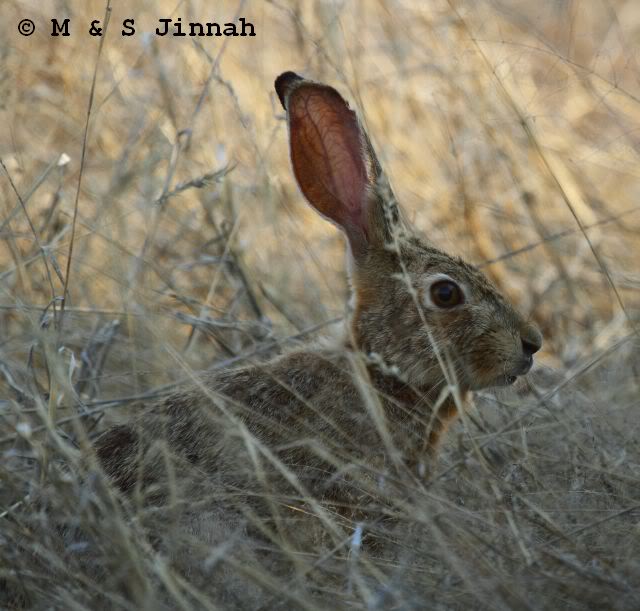
by Duke
Links:
Biodiversity Explorer,
Louis Liebenberg: A Photographic Guide to Tracks and Tracking in Southern Africa;
Clive Walker: Signs of the Wild
19.1.2012 - Urikaruus



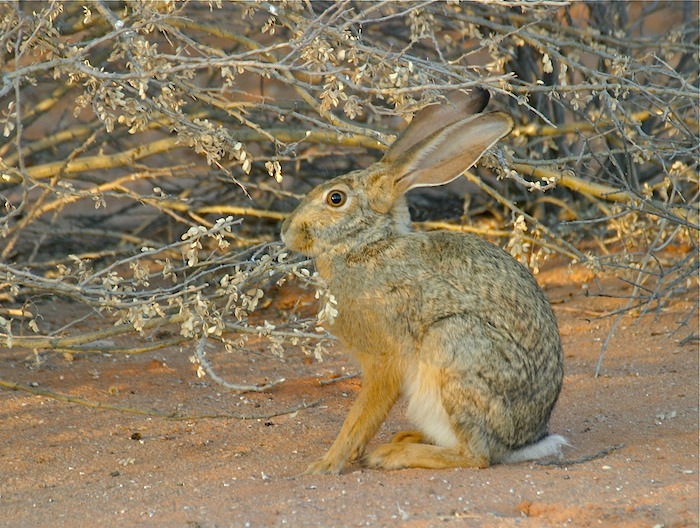
by ExFmem
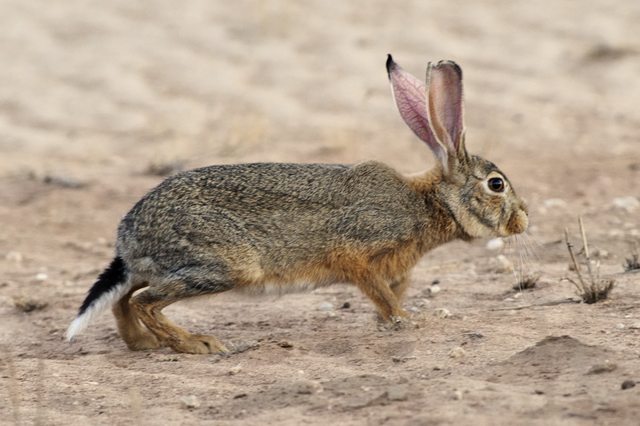
by Dewi

by Dewi
Duke wrote:What about this one. Cape hare I think
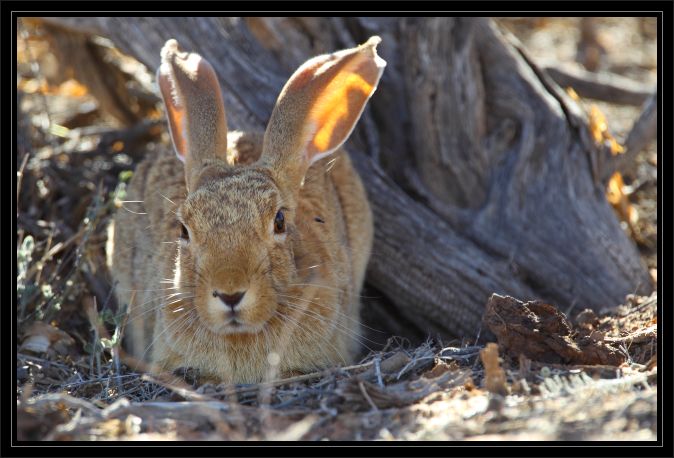
by Duke
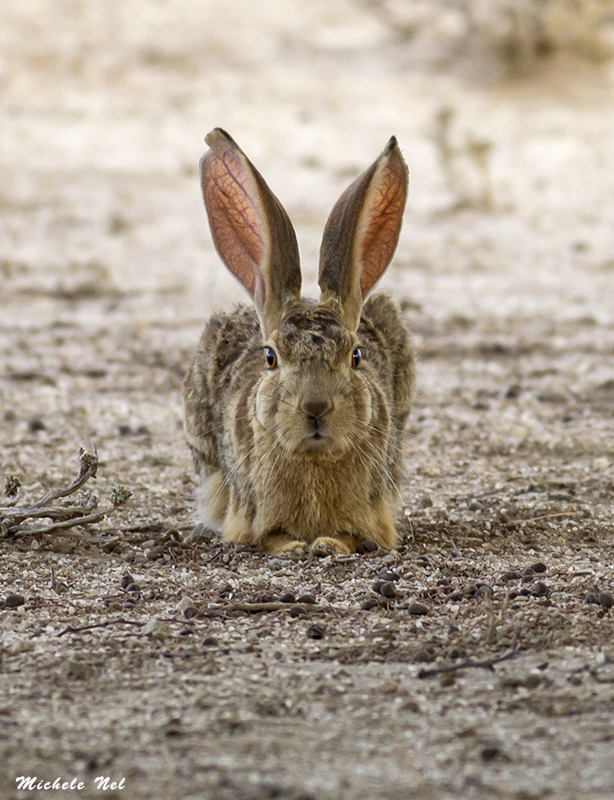
by Michele Nel
Nossob Riverbed, January 2016

- Hare.jpg (191.07 KiB) Viewed 1619 times
(c) Dindingwe
Scrub Hare

© harrys
by Mel
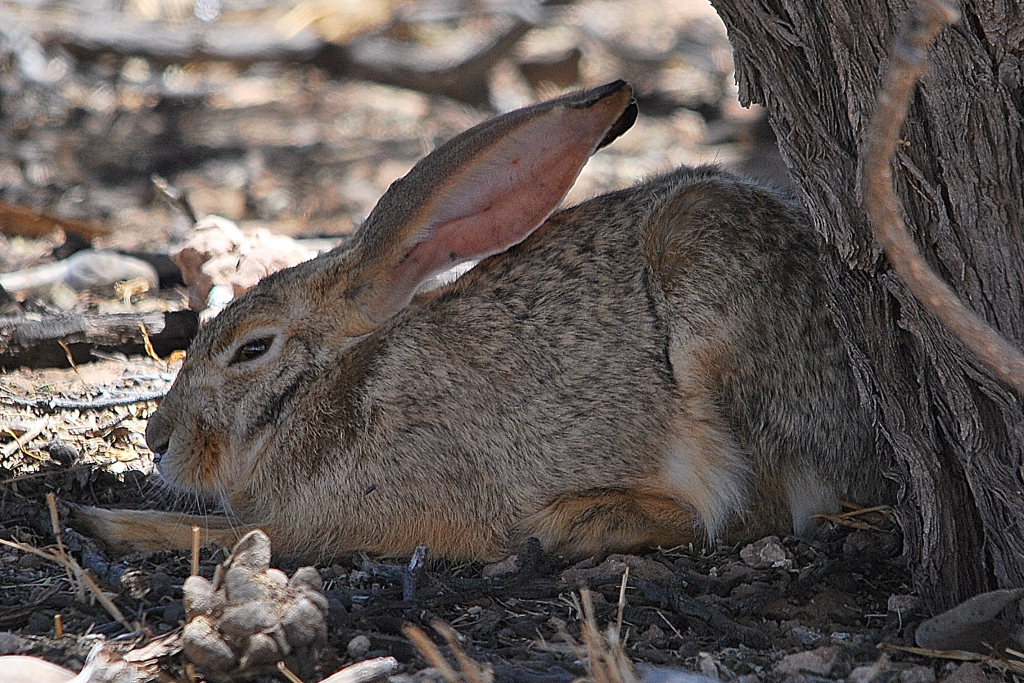
November 2014
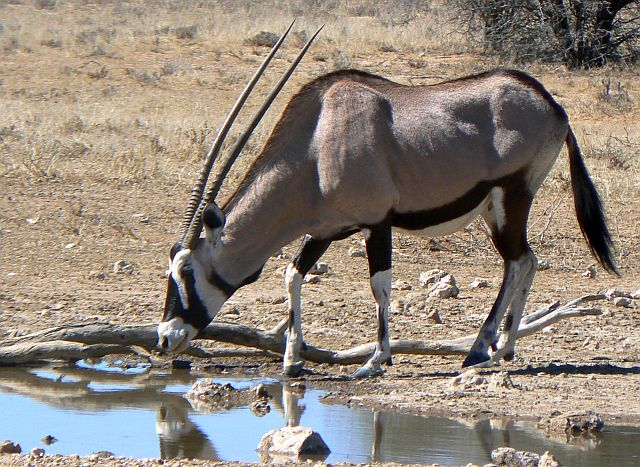 by Toko
by Toko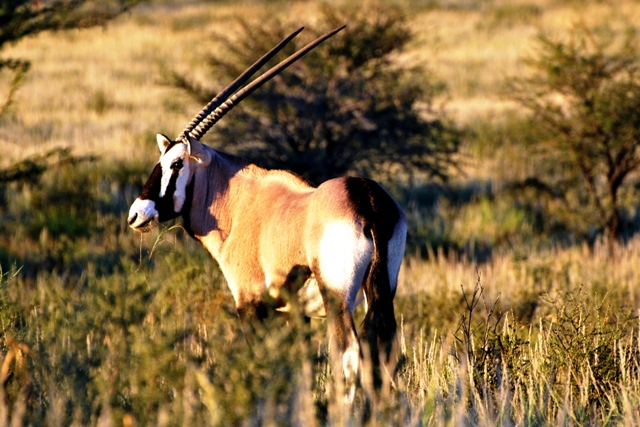 by Mel
by Mel by Lisbeth
by Lisbeth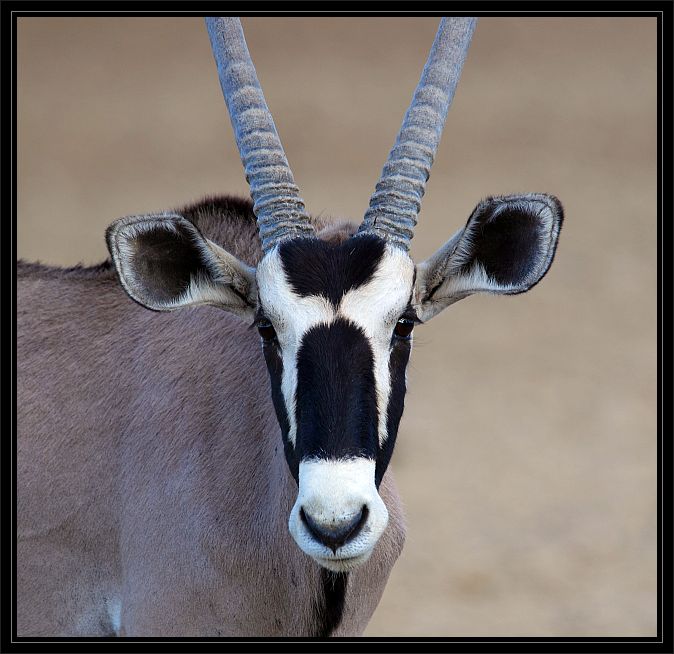 by Duke
by Duke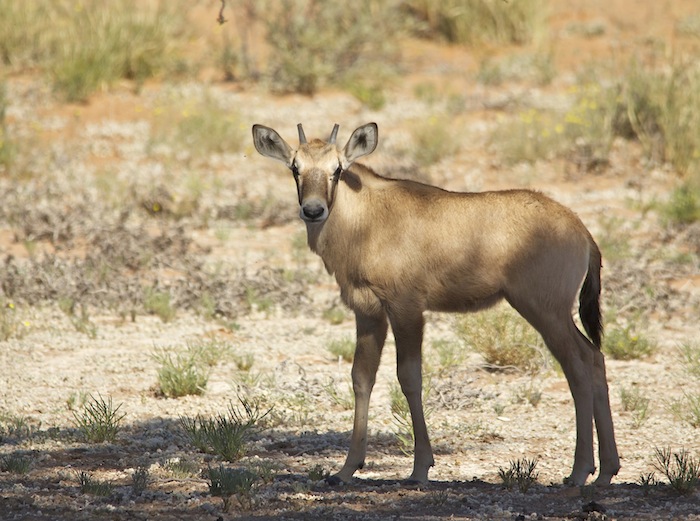 by ExFmem
by ExFmem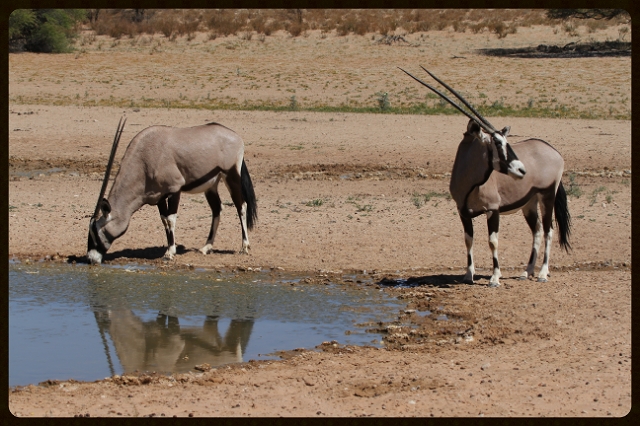 by Tina
by Tina


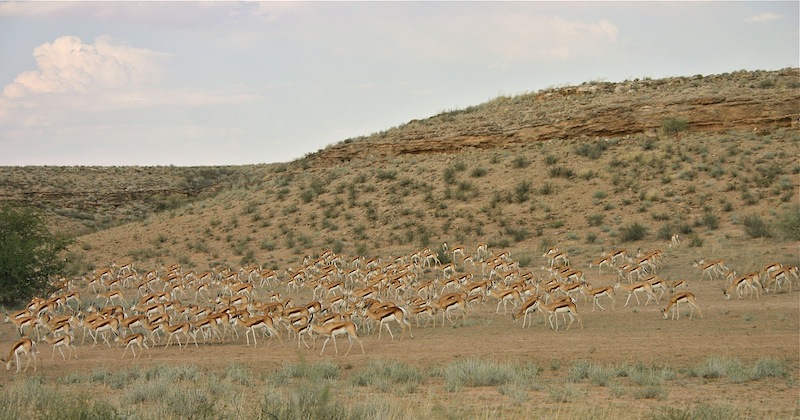 by ExFmem
by ExFmem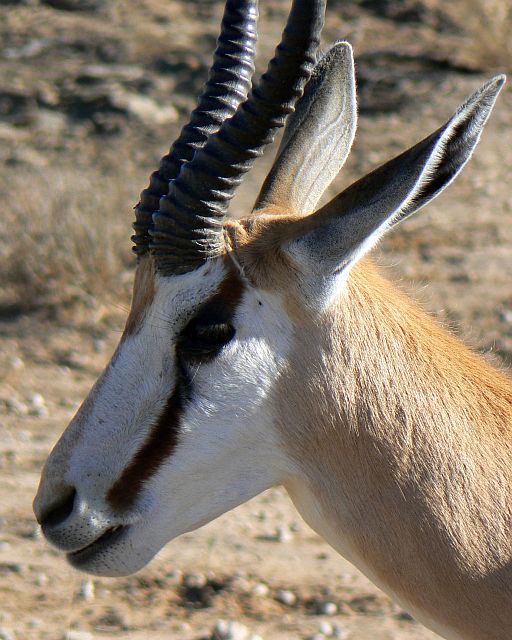 by Toko
by Toko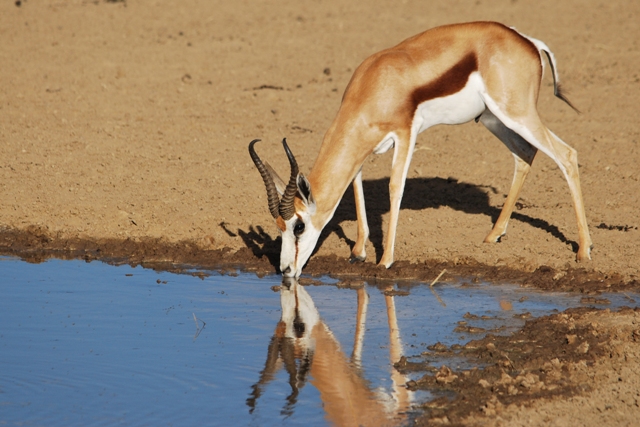 by Mel
by Mel by nan
by nan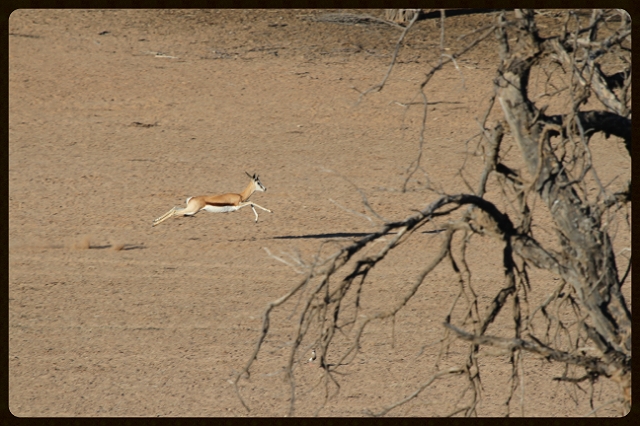
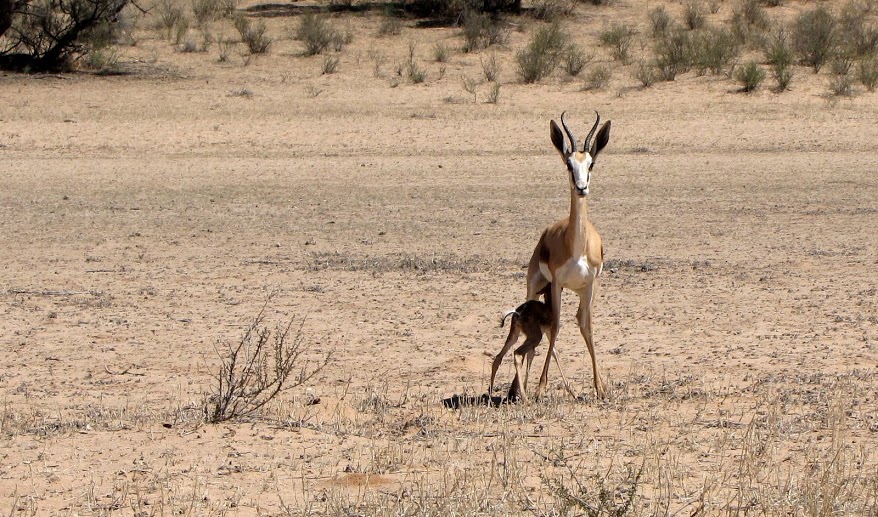 by Lis
by Lis by Toko
by Toko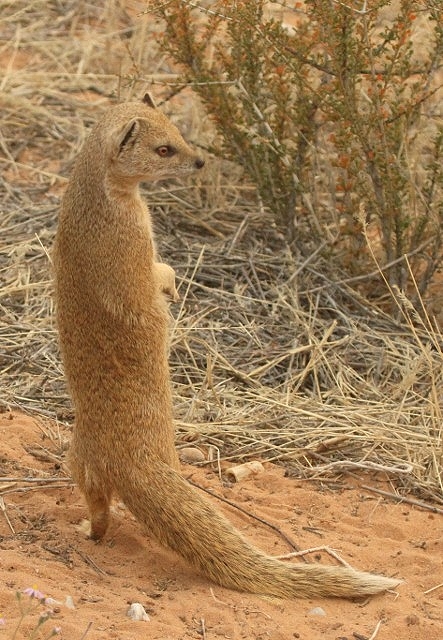 by nan
by nan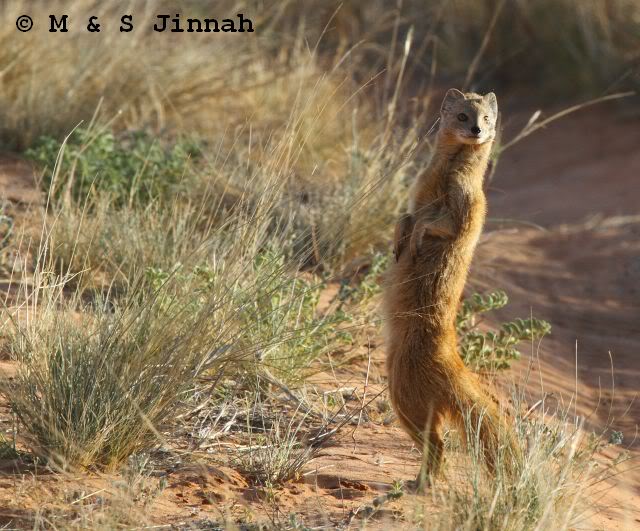 by Duke
by Duke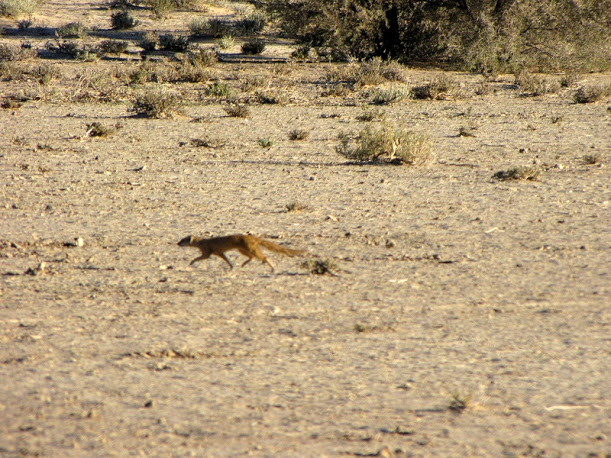 by Lisbeth
by Lisbeth by ExFmem
by ExFmem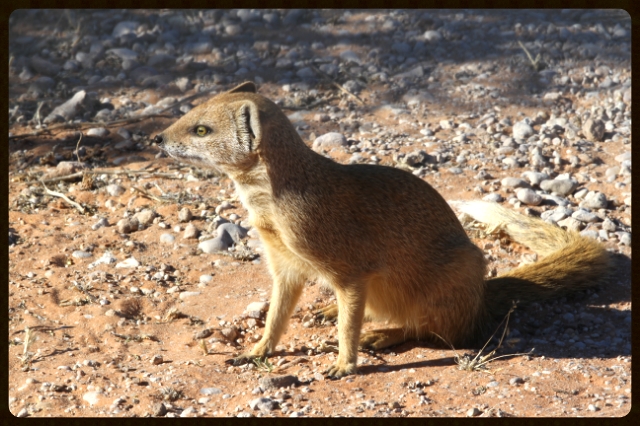
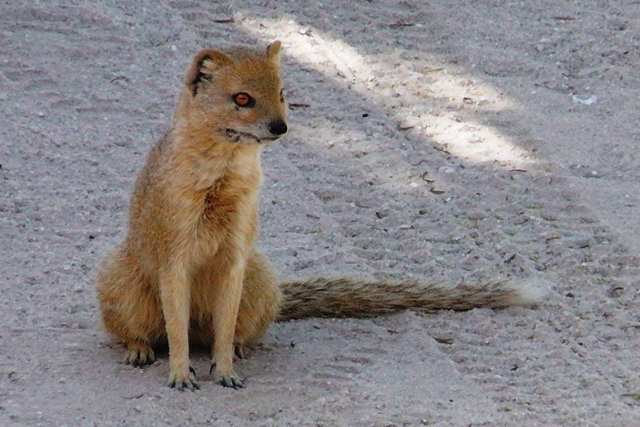 by Mel
by Mel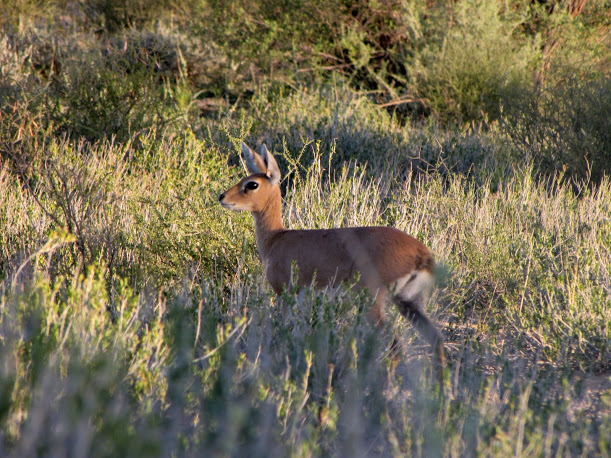 (c) Lisbeth
(c) Lisbeth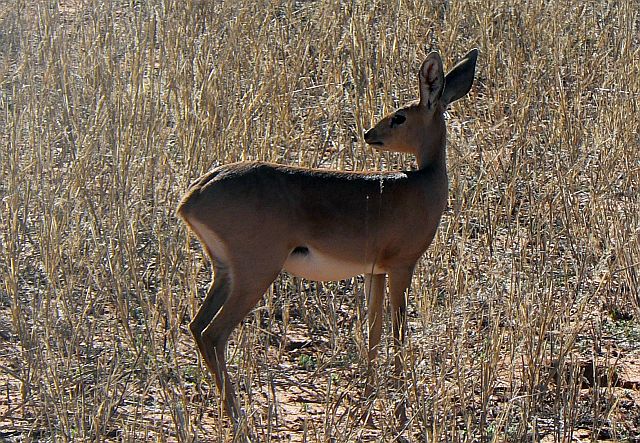 by Toko
by Toko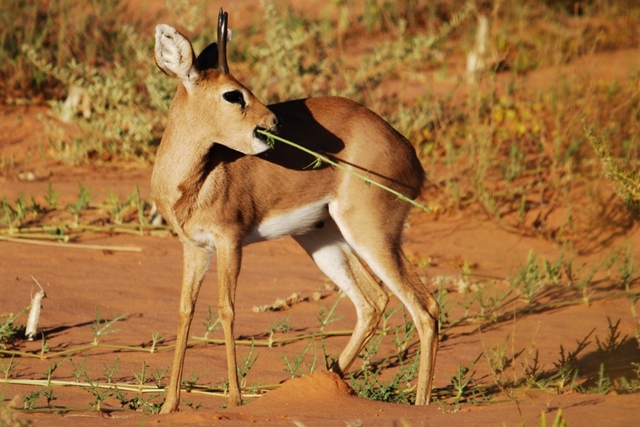 by Mel
by Mel by ExFmem
by ExFmem by Duke
by Duke by nan
by nan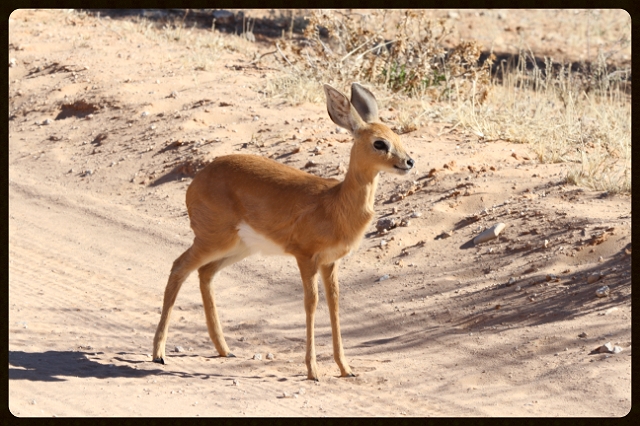 by Tina
by Tina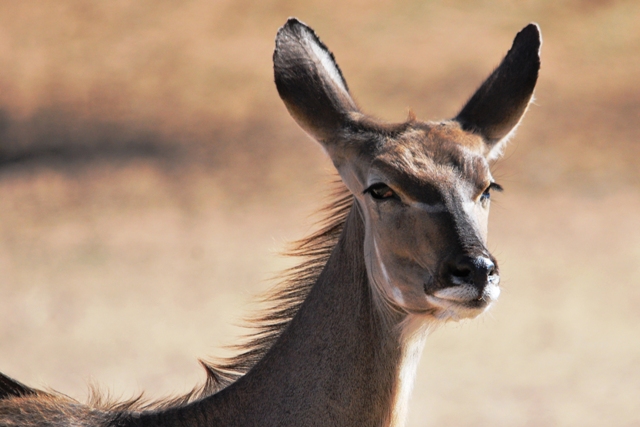 by Mel
by Mel by nan
by nan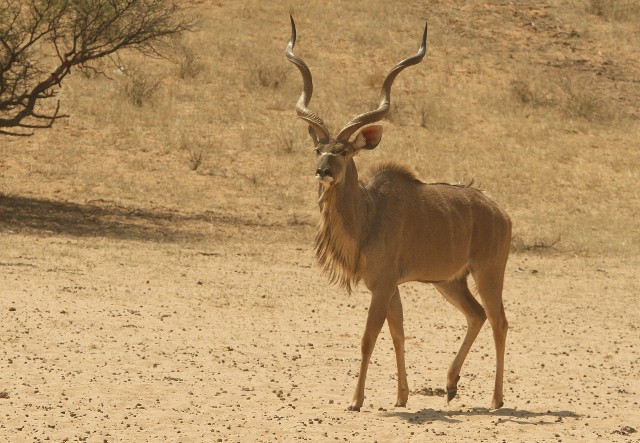 by nan
by nan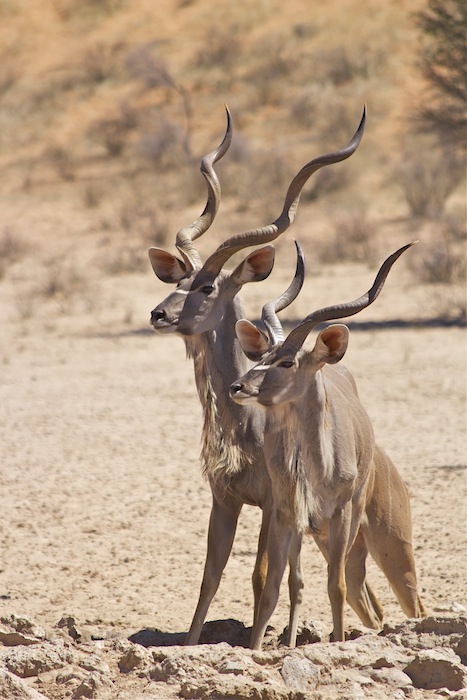 by ExFmem
by ExFmem by Duke
by Duke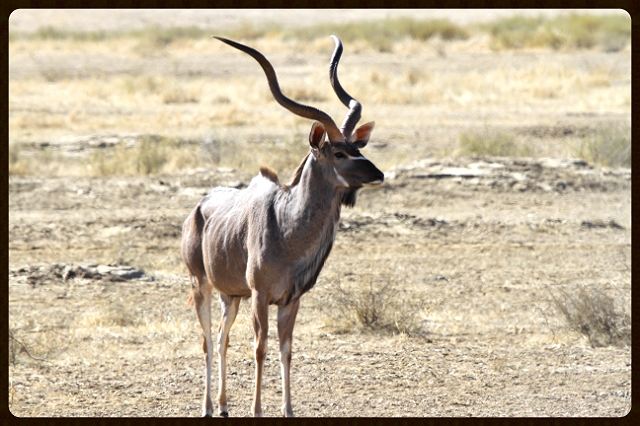 by Tina
by Tina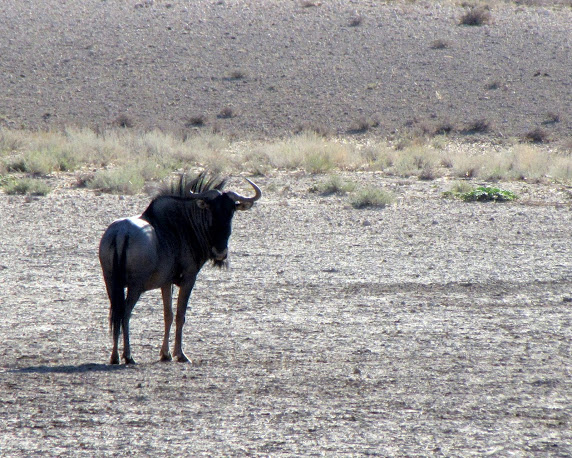 (c) Lisbeth
(c) Lisbeth by ExFmem
by ExFmem by Tina
by Tina by Toko
by Toko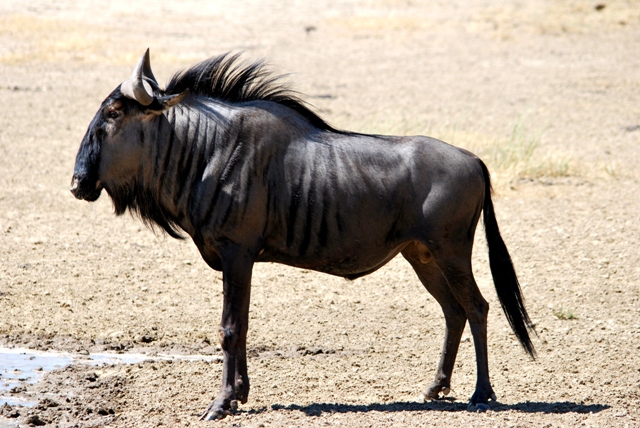 by Mel
by Mel by nan
by nan
 by nan
by nan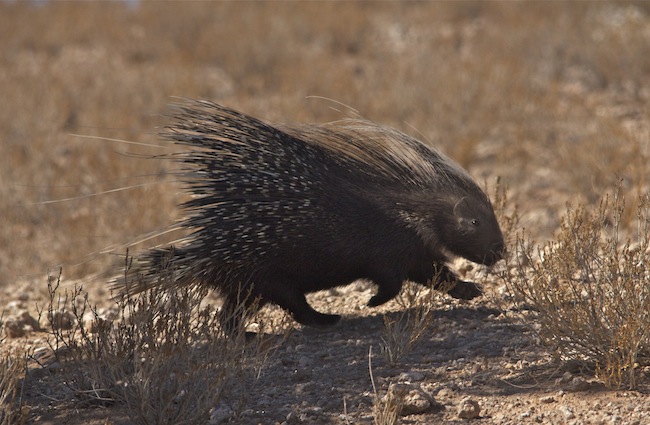 by ExFmem
by ExFmem

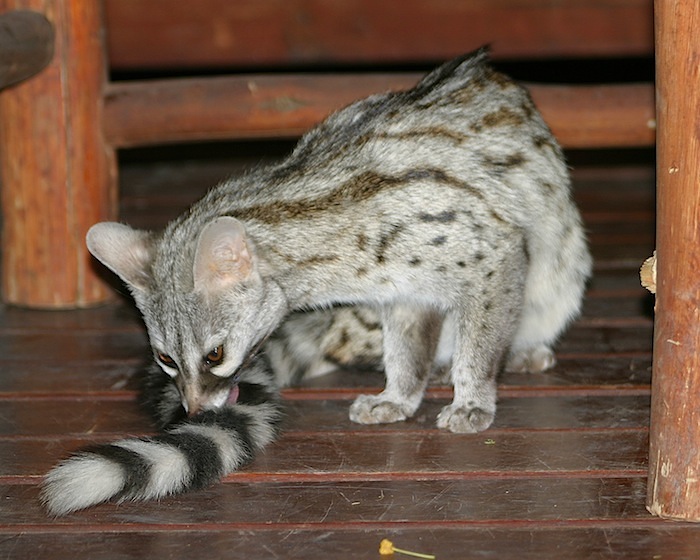 by ExFmem
by ExFmem by nan
by nan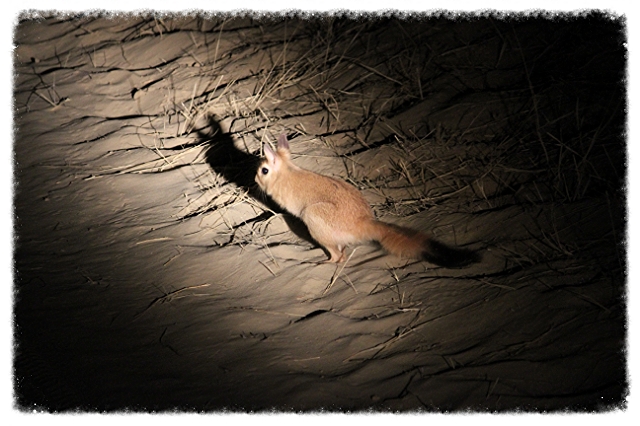 by Tina
by Tina by Lisbeth
by Lisbeth by Duke
by Duke


 by ExFmem
by ExFmem by Dewi
by Dewi by Dewi
by Dewi by Duke
by Duke by Michele Nel
by Michele Nel